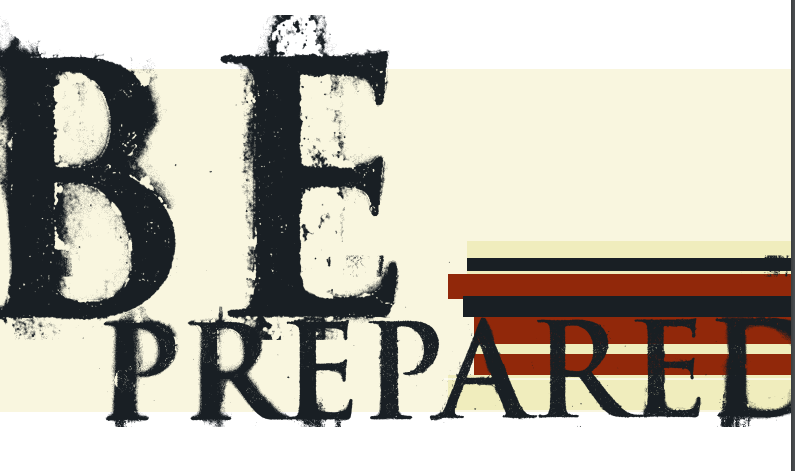A Disaster Plan
Embarking on the onerous task of writing your organizations Disaster Preparedness Plan (DPP) can be daunting, overwhelming and often gets put into the “too hard basket”. Well, we successfully assisted a small council to write their DPP within a short time frame and limited budget – and now they are prepared and ready for when that leaky pipe wets documents or the AC malfunctions and they have a mould outbreak! Or any other incident that affects their collection.
So how did we assist and how long did it take?
As with all good plans we started with breaking down the process into manageable tasks. Our extensive experience with disaster training and planning we were able to quickly identify the areas that the client needed to focus on. We encouraged the client to include other staff in the process to both distribute the workload and to capture the varied levels of experiences and responsibilities within the organization.

As you can imagine each organization is different – with varied collections, storage areas, levels of staff, budgets and experience. This organization had several different sites to manage with collection on display and in storage at all sites. The collection included historical artefacts, books, photographs, archives and more modern materials, so a completely typical mixed collection. The staff were distributed across all sites and unsurprisingly were short on resources.
So with regular meetings and email communication we embarked upon the classic four areas of Disaster Preparedness
- Prevent
Prepare
Respond
Recover
Now without going into the nitty gritty we covered these areas in detail to produce the Disaster Preparadness Plan that was specific to this organization, collection and staff capabilities.
We finalized the project with a training session in the response and recovery phase. In this training session we applied the Response Plan that we had created together – to see if it was going to work – and it did!! Everyone was notified on the telephone tree and safety was first on everyone’s mind.

The training also included critical salvage techniques according to their collection materials. So we got our hands dirty salvaging wet documents, books and textiles. This is definitely the fun part of the disaster planning phase – we gather up materials from council clean up days and soak them with water. Then test out our salvage techniques to air dry, clean, wrap, interleave, blot, fan out, support or choose to send to conservation!
This project was undertaken over a period of 6 months. You might think that’s a long time but when you consider that the staff are obviously doing their normal day to day activities. And the DPP is having to squeeze in between.
Plus the difficulty in organizing meetings where all the relevant people can attend.
Plus we had to wait for a council clean up day!
The time it will take to write your disaster plan will vary on the size of your collection, whether you are working from an old plan or starting from scratch, what other policies and procedures you have in place, the level of input from other departments and a multitude of other parameters. But it is a worthwhile undertaking….
According to Robert Bergman, Director, Walters Art Gallery, Baltimore Maryland
One of the secret ingredients that will contribute toward your being able to sustain the energy and attention needed to devise one of these plans – and its is not glamorous work – is the understanding that, yes, the final report is significant, but the process is equally important. The remarkable things that one learns about the institution’s strengths, to some extent, but about its weaknesses, more so, are as valuable as the final plan.
So if you need some help writing or editing your DPP give us call.



